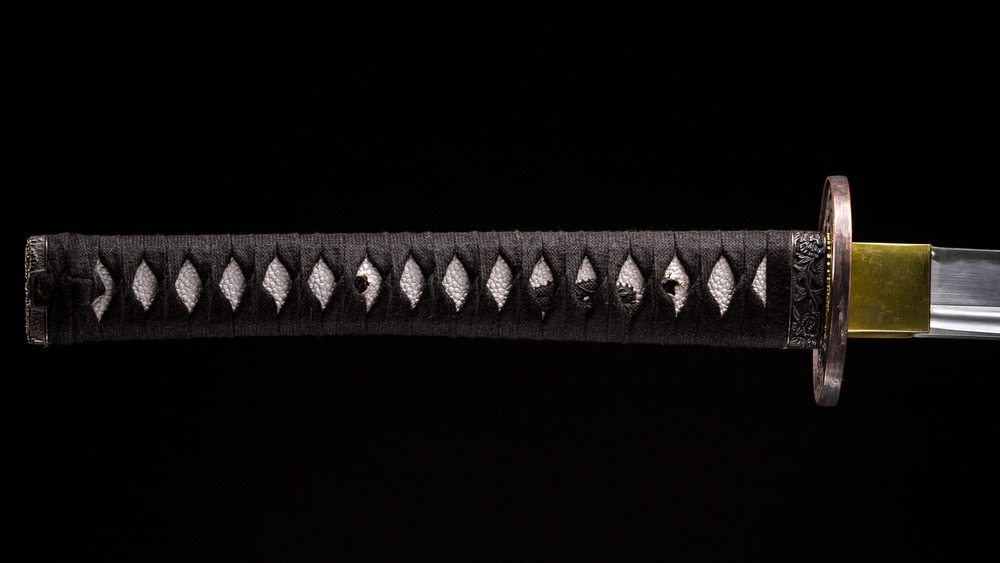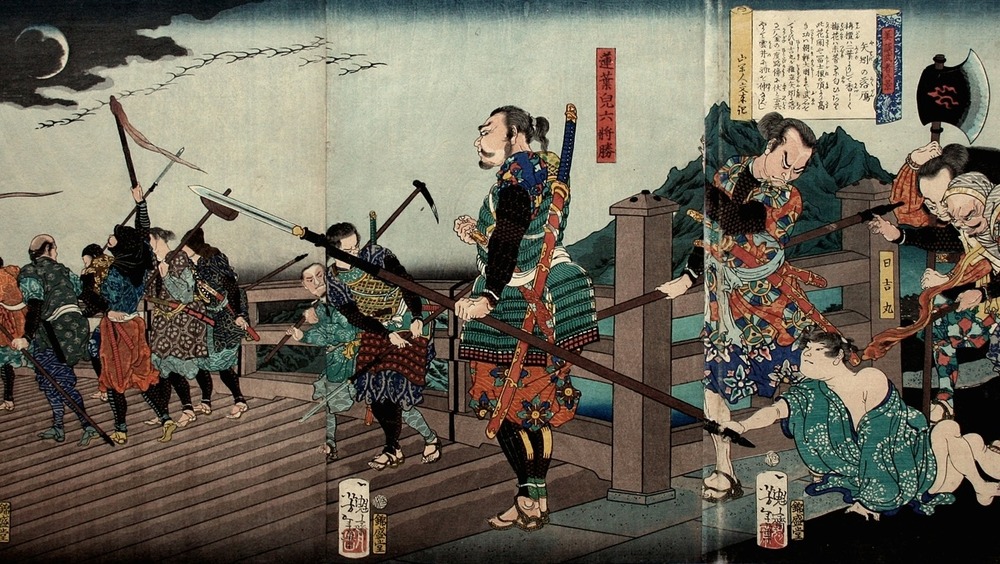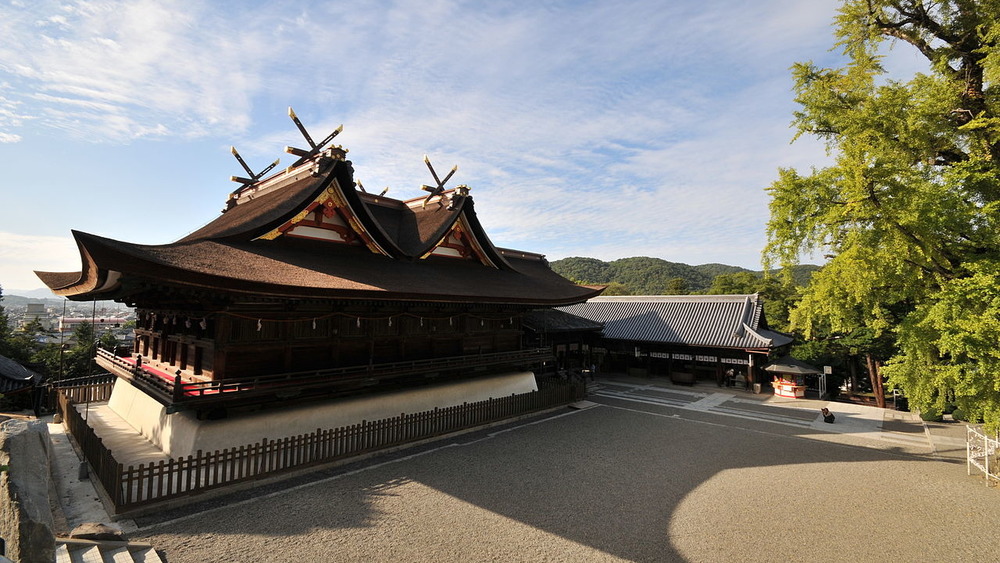This Is The Longest Sword In Japan
So swords are pretty cool, right? History, legend, and fiction are full of big-name, prominent swords and their wielders – Excalibur and King Arthur, Bilbo and Sting, Nevil Longbottom and the Sword of Gryffindor, Brahma's formative sword of the cosmos, Asi, from the Hindu Mahabharata, or Cloud from Final Fantasy VII and his ridonkulous Buster Sword. Swords are everywhere, across cultures and narratives, as is our fascination with them. They represent an unending, modern desire to connect to some ancient, divine power perhaps lost to time and embody the pulse of civilization as it surged forward out of the Neolithic age, even at the tip of warfare's chief tool.
And one country has come to produce swords that never fail to tickle the imagination — Japan.
Zatoichi, the Bride from Kill Bill, Naruto, Mugen from Samurai Champloo – pop culture is replete with visions of Japanese martial combat, samurai swords, and Muromachi-to-Edo era (1333-1868) medieval virtues admittedly more fantasy than fact. The typical image of a Japanese sword, or katana, comes from hundreds of years of honed, meticulous craftsmanship that is the source of as much cultural pride as it is an exemplar of technological engineering, as KCP International tells us. Taking iron-heavy sand and forging it into soft, low-carbon steel folded again and again is an excruciating, time-consuming process that you can glimpse even nowadays amongst some of Japan's final living swordsmiths, as numerous YouTube mini-documentaries depict.
But the longest existing sword in Japan? It defies both practicality and common sense.
A 12-foot long, unwieldable sword housed in a shrine
The Norimitsu Odachi, Japan's longest sword, is an anomaly even amongst odachi – longer-than-usual "great swords" with blades measuring 90-100 centimeters long (about 35-39 inches), similar in role to Scottish claymores ("claidheamohmor," or "great sword," in Scottish Gaelic). Odachi rose in prominence in combat during the 14th century, as Ancient Origins explains, and were featured in texts like Heike Monogatari ("Tale of the Heike," or simply "Heike Story," written before 1330) but fell out of use in the early 1600s because they were just too dang big to continue being commonly used. They were hard to carry, wield, and produce, and even their storage was complicated. They had to be hung from ceilings, as Wow Amazing explains. In comparison, katana are highly balanced tools with blades typically around 60-70 centimeters long, such as these actual, purchasable antique swords on Samurai Museum.
And the Norimitsu Odachi? 3.77 meters (12.37 feet) long in total, with a 2.27-meter blade. Sephiroth, eat your heart out.
Housed in Kibitsu Shrine in Okayama Prefecture east of Hiroshima and west of Osaka, Normitsu Odachi is an unfathomably large beast of a sword that takes several people simply to carry and is basically impossible for anyone to wield. That is, unless you're the giant that some legends claim hefted it. The sword also weighs about 14.5 kilograms (33 pounds), which to put into perspective, is about as much as an entire, lighter suit of full plate armor from medieval Europe.
A commission from a noble left to rust, then restored in 1992
So upon hearing about such an impractically long sword, you might be asking, "Who made it?" "Why make it?" and "Dude, are you for real?"
As for who, the Norimitsu Odachi was fashioned by swordsmith Osafune Norimitsu (hence the moniker) in 1447, as Random Times states. It was left to rust in Kibitsu Shrine, along with the rest of the shrine's collection, until as recently as 1992, when it was restored by then-secretary-general of the Art Sword Polishing Technology Preservation Society and professional sword polisher (yes, a real thing) Fujishiro Matsuo. As the Nihonto Museum says, the traditional name of the sword is "Kibitsu Maru," after its shrine.
As for why, it didn't belong to a giant, as some fake conspiratorial videos like this one on YouTube show. More than likely, this kind of sword — which would have cost a lot and taken forever to make — would have been a commission from some wealthy noble, not for combat purposes, but simply for show or ceremonial reasons. It would have been a good chance for the noble to flaunt his money and also an opportunity for the swordsmith to show off his skill and prowess (and thereby increase his renown). Sorry folks, even though the sword is impractical, its creation most likely wasn't.
For those who want to see the Norimitsu Odachi in person, Trip Advisor can guide you to Kibitsu Shrine post-pandemic.


